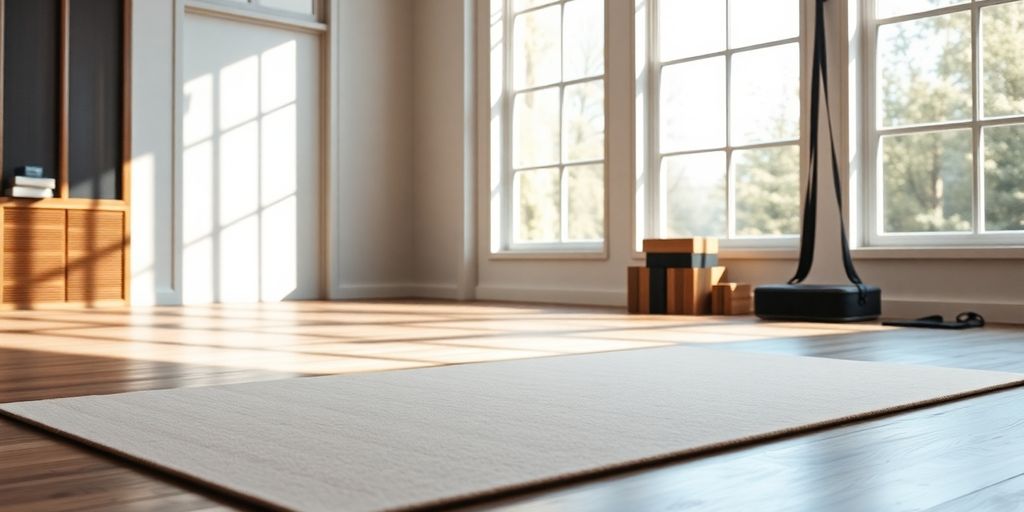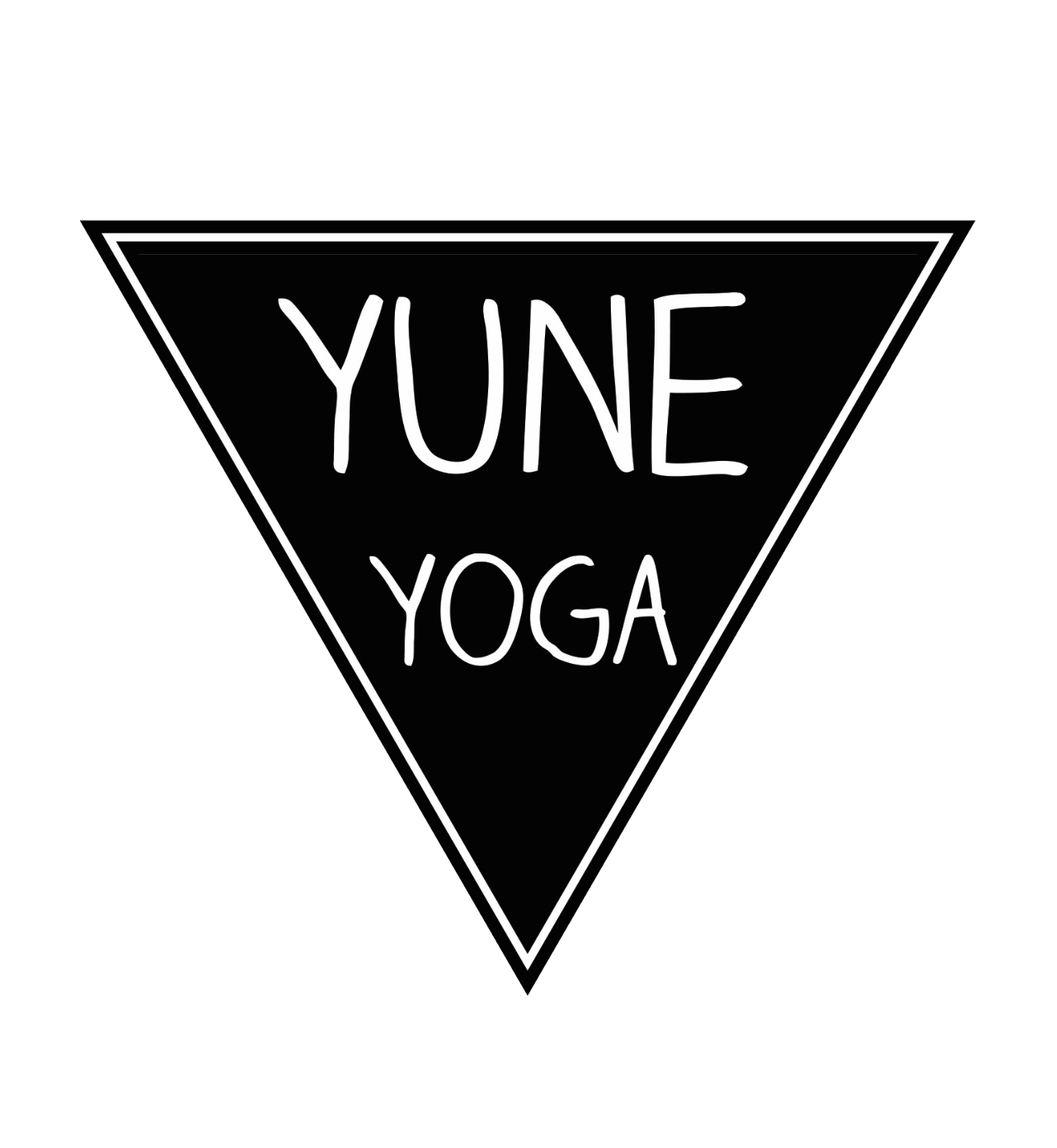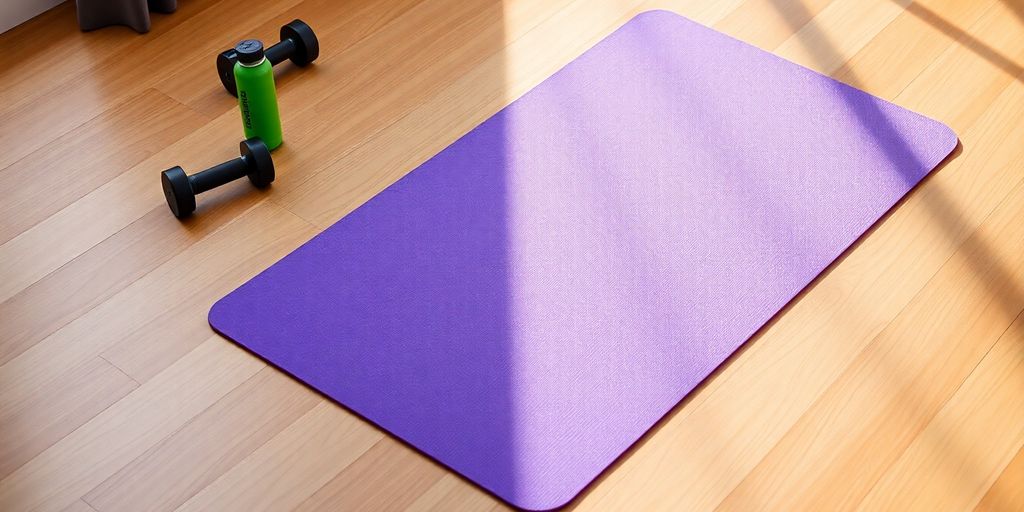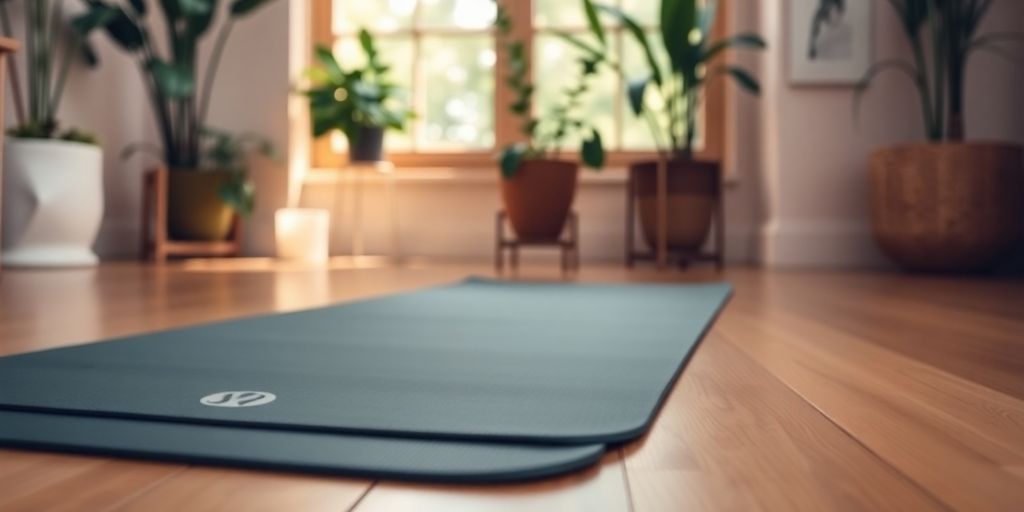
Discover the Benefits of Using a Very Thick Yoga Mat for Ultimate Comfort and Support
Ever tried yoga on a mat that feels like a hardwood floor? Not the best experience, right? That's where a very thick yoga mat comes in handy. It's like moving from a thin blanket to a plush carpet. The extra padding offers more than just comfort; it supports your body in ways a regular mat just can't. So, whether you're stretching into a warrior pose or lying down for some meditation, a thicker mat can make a world of difference. Let's dive into why a very thick yoga mat might just become your new favorite yoga buddy.
Key Takeaways
- A very thick yoga mat provides extra cushioning for joints, making it ideal for those with sensitive knees or elbows.
- Thicker mats can enhance balance and stability, especially helpful for beginners learning new poses.
- Durability is a major plus; these mats often last longer, saving you money over time.
- Consider the material and grip of the mat to ensure it meets your comfort and safety needs.
- Proper care and storage can extend the lifespan of your thick yoga mat, maintaining its quality.
Understanding the Importance of a Very Thick Yoga Mat
Enhanced Joint Protection
Practicing yoga on hard surfaces can be tough on your joints, especially if you're doing poses that put pressure on your knees, elbows, or wrists. A thicker yoga mat can offer that extra cushioning you need, making it easier to hold poses without feeling discomfort. This is particularly beneficial for those who enjoy restorative yoga or Pilates, where you might be in one position for a while.
Improved Balance and Stability
Balance is key in yoga, and a thick mat can help with that. It provides a stable base that supports a range of poses, from simple stretches to more complex asanas. For beginners, this added stability can be a game-changer, helping them maintain balance and build confidence in their practice. Even advanced yogis can benefit from the stability a thick mat provides, especially when trying out new or challenging poses.
Increased Comfort During Practice
Comfort is a big deal when it comes to yoga. If you're not comfortable, you're not going to enjoy your practice as much. A very thick yoga mat can make all the difference, providing a plush surface that feels great under your body. It's not just about the physical comfort, though; when you're comfortable, you're more likely to focus on your practice, rather than any discomfort or pain.
A thick yoga mat can transform your practice by providing the comfort and support you need to focus on your form rather than any discomfort or instability.
Choosing the Right Very Thick Yoga Mat for Your Needs

Material and Texture Considerations
When you're on the hunt for a thick yoga mat, the material really matters. You want something that feels good under your feet but also holds up over time. Mats made from natural rubber or eco-friendly PER material, like the Dora Szentmihalyi Toucan Yoga Mat, are great picks. They're not only durable but also free from harmful chemicals. Texture is another thing to think about. A non-slip surface is a must-have to keep you steady during those tricky poses.
Optimal Thickness for Different Practices
Thickness isn't just a number; it's about how it feels when you're practicing. If you're into gentle or restorative yoga, something in the 8-12mm range can offer that cloud-like comfort. But, if you're doing more active styles, like Vinyasa or Ashtanga, you'll want to stick to something around 5-6mm. This thickness helps with balance while still giving enough cushioning for your joints. Finding the right thickness can make or break your practice.
Non-Slip Features for Safety
Safety first, right? A mat that slides around is a no-go. Look for mats that boast non-slip textures, especially if you sweat a lot during practice. The Dora Szentmihalyi Toucan Yoga Mat is a good example, with its 5mm non-slip texture. It keeps you grounded, so you can focus on your flow instead of worrying about slipping. Plus, a mat with moisture-resistant properties can keep things hygienic, which is always a plus in any workout gear.
Maximizing the Benefits of a Very Thick Yoga Mat
Proper Care and Maintenance
Taking good care of your thick yoga mat is like investing in your practice. Regular cleaning is a must to keep it fresh and long-lasting. After each session, wipe down your mat with a damp cloth and mild soap. This keeps sweat and dirt from building up. Avoid harsh chemicals—they can mess up the material. Every now and then, give it a deeper clean by soaking it in warm water and mild soap. For storage, roll it with the top side out to avoid curling edges, and keep it in a cool, dry place away from direct sunlight.
Incorporating Props for Added Support
Using props with your thick yoga mat can make a huge difference in your practice. Think about adding blocks or straps to help with stability and alignment. They can give you that extra support you need, especially when trying new poses or holding them longer. Props can also make your practice more fun and challenging, allowing you to explore different styles and techniques. It's all about finding what works best for you and your body.
Experimenting with Different Yoga Styles
A thick yoga mat isn't just for yoga; it's versatile enough for different activities. Try using it for meditation or Pilates, where the extra cushioning can be really beneficial. You might find it especially useful for restorative yoga, which involves holding poses for longer periods. The extra padding helps you stay comfortable and focused. Don't be afraid to mix things up and see how your mat can support you in various practices. This way, you can make the most of your investment and enjoy a richer experience on the mat.
Remember, the key to a fulfilling yoga practice is finding the right balance between comfort and challenge. A thick yoga mat can be a great tool, but it's how you use it that truly matters.
Common Mistakes to Avoid with a Very Thick Yoga Mat
Over-Reliance on Cushioning
Thick yoga mats are super comfy, no doubt about it. But here's the thing—relying too much on that soft cushioning can mess with your balance. When you're sinking into the mat, it might feel cozy, but it can make certain poses feel wobbly. The trick is to engage your core muscles to help stabilize yourself. Think of the mat as a helper, not a crutch.
Ignoring Portability Concerns
Let's be real, thick mats are not the easiest to lug around. If you're someone who takes your mat to classes or parks, consider how you're going to carry it. You don't want to be that person struggling with a bulky mat under one arm. Look for mats that come with straps or bags to make your life easier.
Neglecting Regular Cleaning
A thick yoga mat can be a magnet for sweat and dirt. It's easy to forget about cleaning it regularly, but doing so is crucial. Wipe it down after each session with a mild soap and water mixture. This keeps it fresh and extends its life. Also, remember to let it dry completely before rolling it up to prevent any mold or mildew from forming.
Remember, a well-cared-for mat not only lasts longer but also makes your practice more enjoyable. Take a few minutes after each session to clean your mat, and you'll notice the difference in both its look and feel.
Exploring the Versatility of a Very Thick Yoga Mat

Using for Meditation and Relaxation
A very thick yoga mat isn't just for yoga—it can be a game-changer for meditation and relaxation too. The extra cushioning provides a cozy base, making it easier to sit or lie still for longer periods. Whether you're meditating or simply taking a moment to breathe, the thick mat can help you stay comfortable and focused. Some folks even use these mats as a base for a quick nap, thanks to their plush feel.
Adapting for High-Intensity Workouts
While yoga is the primary use, a thick mat can also be your ally in high-intensity workouts. Activities like HIIT or circuit training often involve a lot of floor exercises, and the cushioning can help reduce the impact on your joints. Plus, the stability offered by a thick mat can aid in maintaining proper form during exercises like planks or push-ups. If you're into choosing between a thick and a thin yoga mat, remember that a thicker mat might be what you need for these intense sessions.
Benefits for Restorative Yoga
Restorative yoga is all about deep relaxation and holding poses for extended periods. A very thick yoga mat is perfect for this practice, as it provides the support and comfort needed to truly let go and relax. The mat's thickness allows you to sink into poses without feeling the hard floor beneath you, making it easier to focus on your breath and release tension. This can enhance the restorative benefits of the practice, leaving you feeling refreshed and rejuvenated.
Embrace the versatility of a thick yoga mat. Whether you're meditating, working out, or unwinding with restorative yoga, these mats offer the comfort and support you need to enhance your practice.
Expert Tips for Using a Very Thick Yoga Mat Effectively
Balancing Cushioning and Stability
Using a thick yoga mat can be a game-changer for comfort, but it's important to maintain the right balance between cushioning and stability. Too much padding might make it hard to hold certain poses, especially those requiring balance. To counteract this, engage your core muscles and focus on distributing your weight evenly across the mat. This way, you can enjoy the comfort without sacrificing stability.
Choosing the Right Mat for Beginners
If you're new to yoga, starting with a thick mat can be beneficial. It provides extra cushioning, which is great for learning poses without putting too much pressure on your joints. Look for mats with a non-slip surface to prevent sliding, like the Cypress Tan Printed Yoga Mat, which offers a 5mm thickness and non-slip texture, perfect for beginners.
Special Considerations for Advanced Yogis
For those who have been practicing yoga for a while, a thick mat can still be useful, but it's important to ensure it doesn't hinder advanced poses. Advanced yogis might prefer a mat that offers a balance between thickness and firmness. This allows for better grip and control during more complex asanas. Experimenting with different mats can help find the right one that supports your advanced practice while still providing comfort.
Caring for Your Very Thick Yoga Mat to Extend Its Lifespan
Cleaning and Maintenance Tips
Keeping your thick yoga mat clean is super important for both hygiene and making it last longer. After every session, grab a damp cloth and give your mat a quick wipe to get rid of sweat and dirt. For a deeper clean, mix some mild soap with water and gently scrub the mat. Stay away from harsh chemicals; they can mess up the material. Let it air dry completely before rolling it back up.
Proper Storage Solutions
How you store your mat can really make a difference. Roll it loosely and keep it in a cool, dry place. Avoid direct sunlight or hot spots like cars, which can break down the material. If you're tight on space, consider using a wall-mounted rack or a dedicated yoga mat bag to keep it safe and out of the way. The Margot Yoga Mat is a great example of a mat that's easy to clean and store, thanks to its moisture-resistant properties.
Extending the Lifespan of Your Mat
To make your thick yoga mat last, rotate it regularly to ensure even wear. Keep shoes off the mat to avoid punctures or tears. By taking good care of your mat, you're not just extending its life; you're also making your yoga practice better. Remember, the time you spend caring for your mat is an investment in your yoga journey.
Taking good care of your yoga mat not only extends its life but also ensures a safe and enjoyable practice every time.
Wrapping It Up: Your Path to the Perfect Yoga Mat
So, there you have it! Finding the right thick yoga mat is all about balancing comfort, support, and practicality. Whether you're a newbie or a seasoned yogi, a thicker mat can make a world of difference in your practice. It cushions your joints, supports your poses, and can even last longer if you take good care of it. Just remember, while a thick mat is great for comfort, it might not be the best for every type of yoga or workout. Think about what you need most from your mat and go from there. Happy practicing!
Frequently Asked Questions
Why should I pick a thick yoga mat?
A thick yoga mat gives extra comfort to your joints and adds more support for different yoga poses. It can also last longer than thin mats.
What are thick yoga mats made of?
Thick yoga mats can be made from foam, rubber, or both. The material affects how the mat grips, feels, and how long it lasts.
How thick should my yoga mat be?
The best thickness depends on how comfy you want to be and the yoga you do. Mats usually range from 4mm to 12mm thick.
How do I clean my thick yoga mat?
You can clean your mat by wiping it with water and mild soap. Make sure it dries fully before you roll it up.
Can I use a thick yoga mat for other workouts?
Yes, a thick yoga mat is good for other exercises like Pilates or stretching. It gives extra padding and support.
When should I get a new thick yoga mat?
Replace your mat when it starts to wear out or loses its grip. This usually happens after a year or two of regular use.


